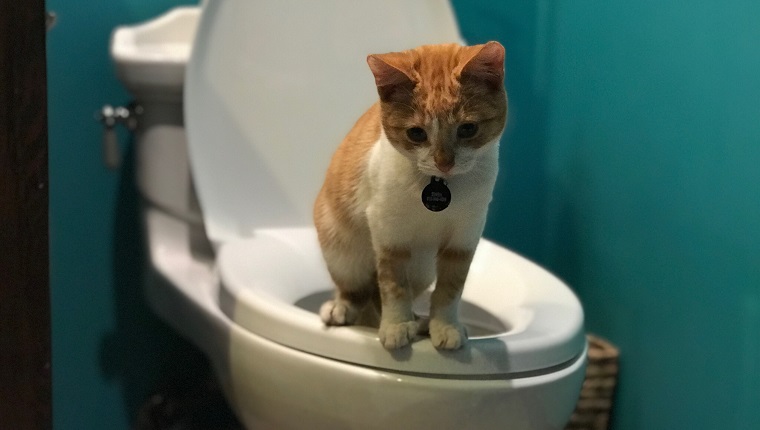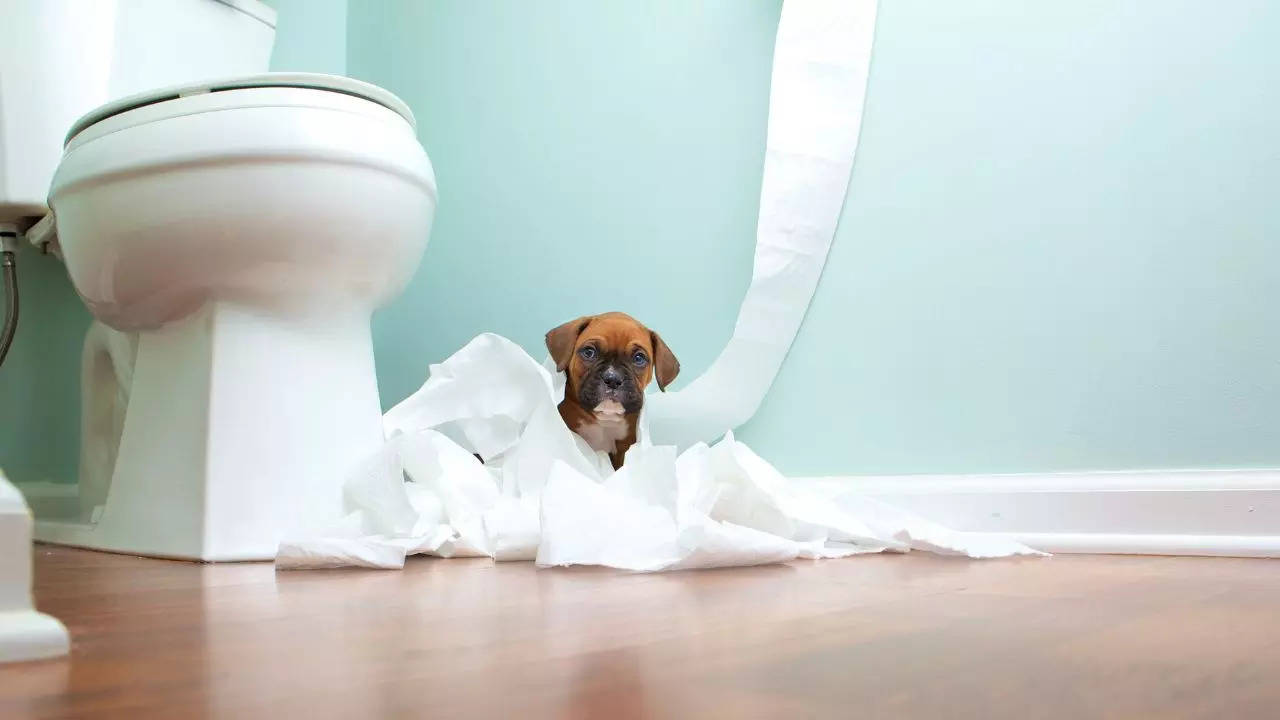This post down the page on the subject of 4 Reasons Why Dog Poop Cleanup is Important is incredibly motivating. Read it for yourself and see what you think of it.

When it pertains to taking care of waste, specifically animal waste, many individuals frequently consider the convenient choice of flushing it down the bathroom. However, this apparently very easy service can have significant consequences for the atmosphere and public health. In this write-up, we'll discover why flushing pet waste down the commode is a negative concept and give different techniques for correct disposal.
Intro
Proper garbage disposal is essential for preserving ecological sustainability and public health. While it may appear safe to flush animal waste down the bathroom, it can lead to various problems, both for the atmosphere and human well-being.
Dangers of flushing animal waste
Environmental influence
Flushing animal waste presents damaging germs and pathogens right into rivers, which can adversely impact marine communities. These pathogens can contaminate water resources and harm aquatic life, interfering with fragile environments.
Public health issues
Animal waste has damaging microorganisms such as E. coli and Salmonella, which can position significant health and wellness risks to humans. Purging pet waste down the toilet can pollute water materials, leading to the spread of conditions and infections.
Alternatives to flushing
Instead of flushing pet waste down the toilet, there are numerous alternate disposal techniques that are a lot more environmentally friendly and sanitary.
Composting
Composting animal waste is a green method to deal with it. By composting, organic matter is broken down right into nutrient-rich soil, which can be made use of to fertilize gardens and plants.
Garbage dump disposal
Taking care of animal waste in a garbage dump is one more alternative. While not as environmentally friendly as composting, it is a safer option to flushing, as it stops the contamination of water sources.
Animal waste disposal systems
There are specific pet waste disposal systems available that safely and hygienically take care of pet waste. These systems often make use of enzymes to break down waste and eliminate smells.
Actions to proper animal garbage disposal
To make sure correct disposal of pet waste, follow these actions:
Scooping and landing waste
Frequently scoop and bag animal waste using naturally degradable bags. This avoids waste from infecting the setting.
Utilizing marked waste containers
Dispose of bagged animal waste in assigned waste bins, such as compost containers or land fill containers. Stay clear of flushing it down the commode in any way prices.
Cleansing litter boxes and family pet locations frequently
On a regular basis tidy can and family pet locations to avoid the accumulation of waste and microorganisms. Use pet-safe cleaning products to keep hygiene.
Advantages of appropriate disposal approaches
Embracing correct disposal techniques for pet waste supplies a number of benefits:
Minimized environmental pollution
Appropriate disposal methods minimize the danger of environmental pollution, protecting rivers and ecological communities from contamination
Decreased danger of water contamination.
By staying clear of flushing pet waste down the bathroom, the danger of water contamination is dramatically lowered, protecting public health.
Enhanced hygiene and health
Correct disposal techniques advertise better hygiene and health, producing a much safer environment for both people and pets.
Conclusion
To conclude, flushing pet waste down the toilet is unsafe to the environment and public health. By adopting alternative disposal methods and following proper waste administration practices, we can decrease the negative impact of pet waste and contribute to a cleaner, much healthier world.
What To Do With Dog Poo – The Do's And Don'ts Of Disposing Of Faeces
Dog poo bins
Some councils provide dedicated dog waste bins in popular dog-walking areas that can take dog poo that has been bagged but you can legally dispose of dog waste in any public litter bin, as long as it is securely bagged. This also applies to your wheelie bin at home.
Do not flush
Water companies do not recommend flushing dog faeces down the toilet because certain parasites can survive the water processing treatment and are potentially harmful to humans. You should also never consider flushing dog poo that has been bagged down the toilet as the bags will not break down and instead create severe blockages in the sewage system.
In the woods
The Forestry Commission promotes a ‘stick and flick’ method for dealing with waste in the woods. This means finding a stick and using it to flick any poo from off the path so that it is out of the way of other walkers. You could also bury it as long as it is not in an area where there might be livestock.
Livestock
Parasites found in dog poo can be transmitted to livestock if they inadvertently eat infected faeces that has been left on grazing land. This could result in the death of sheep or abortion in cattle so you should always make sure you pick up your dog’s waste in fields where livestock could be present.

On a regular basis tidy can and family pet locations to avoid the accumulation of waste and microorganisms. Use pet-safe cleaning products to keep hygiene.
Advantages of appropriate disposal approaches
Embracing correct disposal techniques for pet waste supplies a number of benefits:
Minimized environmental pollution
Appropriate disposal methods minimize the danger of environmental pollution, protecting rivers and ecological communities from contamination
Decreased danger of water contamination.
By staying clear of flushing pet waste down the bathroom, the danger of water contamination is dramatically lowered, protecting public health.
Enhanced hygiene and health
Correct disposal techniques advertise better hygiene and health, producing a much safer environment for both people and pets.
Conclusion
To conclude, flushing pet waste down the toilet is unsafe to the environment and public health. By adopting alternative disposal methods and following proper waste administration practices, we can decrease the negative impact of pet waste and contribute to a cleaner, much healthier world.
What To Do With Dog Poo – The Do's And Don'ts Of Disposing Of Faeces
Dog poo bins
Some councils provide dedicated dog waste bins in popular dog-walking areas that can take dog poo that has been bagged but you can legally dispose of dog waste in any public litter bin, as long as it is securely bagged. This also applies to your wheelie bin at home.
Do not flush
Water companies do not recommend flushing dog faeces down the toilet because certain parasites can survive the water processing treatment and are potentially harmful to humans. You should also never consider flushing dog poo that has been bagged down the toilet as the bags will not break down and instead create severe blockages in the sewage system.
In the woods
The Forestry Commission promotes a ‘stick and flick’ method for dealing with waste in the woods. This means finding a stick and using it to flick any poo from off the path so that it is out of the way of other walkers. You could also bury it as long as it is not in an area where there might be livestock.
Livestock
Parasites found in dog poo can be transmitted to livestock if they inadvertently eat infected faeces that has been left on grazing land. This could result in the death of sheep or abortion in cattle so you should always make sure you pick up your dog’s waste in fields where livestock could be present.

As an avid person who reads about Should you flush animal waste down the toilet, I think sharing that short article was sensible. Do you know about anybody else who is fascinated with the topic? Feel free to promote it. Thanks a lot for taking the time to read it.
Suggested Site